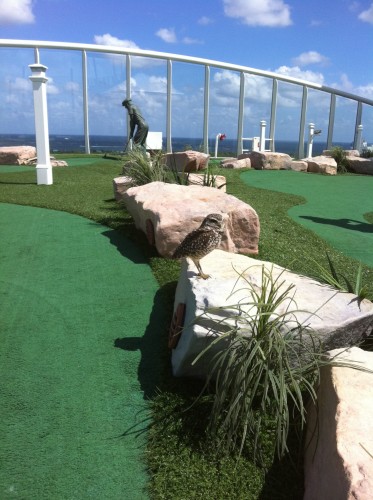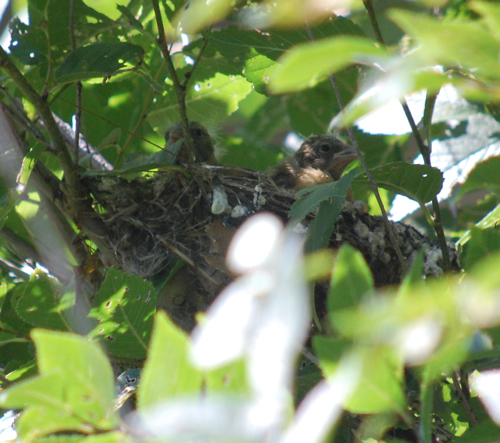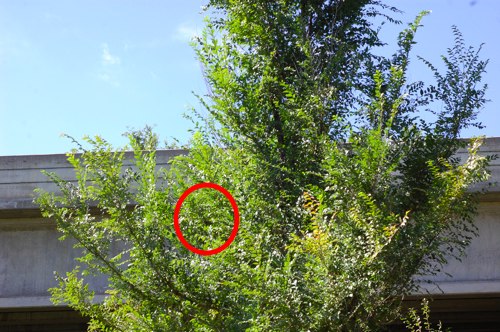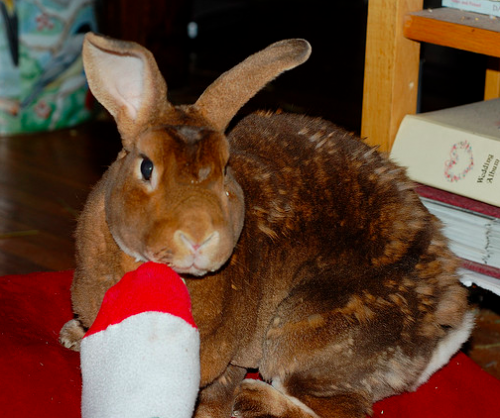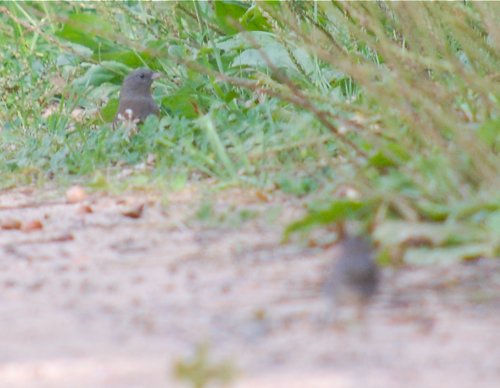Merlin's Rest put out the call for Guest Pub Quizzers and I'll be leading the Pub Quiz this Sunday, September 19 at 7:30 pm. If you know me and the blog, you have an idea of what kinds of quesitons I'll ask, but I do promise that it will not all be bird related. I'll have some cool prizes...perhaps even some honey from our hives for the winning team.

I keep trying to deny autumn this year and I can't. I took this photo two days ago at Carlos Avery Wildlife Management Area. One can't deny red oak leaves as a sure sign that it's getting colder and the days are getting shorter. My denial was broken in full yesterday when we went on a canoe/kayak paddle in my park for work...it was a tad chilly on the river and my fingers had that dry skin ache that is exclusive to cold, dry air. Sigh. I did get one pleasant reminder of fall--Mr. Neil's housekeeper called to say that they found a 20# patch of Hen of the Woods in our usual patch--my favorite wild edible. We will have some tasty soups and sauces with that fungus this winter!

Canada geese are on the move and I got word that my waterfowl surveys start soon--at the end of the month. My route got expanded this year, but I'm also nervous. I went on a ride along for this new extension last year and the amount of ducks and species mix is a lot to take in. Will I be able to count them all? We'll do our best but I feel this year's survey is of utmost importance. When we do this again for the next few years? Will those numbers change with the Gulf spill? Despite "capping of the well" the spill is not over, there's still a ton of oil in the water, it's below the surface so you can't see it, but it's affecting the food supply.
Of large concern to me is the recent fish kill in Louisiana, Check out This Is Not A Road. Disturbing amount of fish and also interesting that in this fish kill it's several species of fish. I've seen fish kills--we get them along the Mississippi in spring and even on some of our lakes, but it's usually one species of fish. This huge fish kill in Louisiana is SEVERAL species and includes sting rays and a whale. The government says that the oil spill is not the cause even though oil is clearly visible on the fish in close up shots. They official report is depletion of oxygen...which happens this time of year and does cause fish kills but usually not this large and the depletion is caused by the dead zone in the Gulf (created by fertilizer pollution from farmers on the Mississippi River) and most likely exacerbated by the oil and more likely the chemical oil dispersent put in the Gulf). There's a great report on the fish kill from the AP on YouTube and an explanation on New Scientist. I think we'll see more problems.
Sorry for that tangent. I'm not exactly sure what to do about the oil spill. I want people to know that it's still a problem and that many birds (and other coastal creatures, not to mention people's jobs) are in peril, but I don't want this blog to become your daily downer. Just promise me you won't buy into the idea that oil spill is over and we still have problems to solve, 'k?
Back to birds:

There's a feed plot at Carlos Avery and I chuckled at this goldfinch, it was eating the tassels. I know finches are primarily seed eaters and I've recently learned that they eat all matter of plants, but I'm beginning to suspect that there's not a piece of vegetation they won't eat. I do have to hand it to them as far as creativity. You pheasants and your bobwhite go for the corn kernels, goldfinches go tassels. Great way to avoid competition.

Warblers, like the above yellow-rumped warbler were flitting among the tassels too. The appeared to be after tiny insects rather than the plants themselves.

All the grasses and shrubs along the road were alive with small birds. If you could see their shadows rustling among the leaves, you could hear their contact chip notes. A little pishing (for non birders, say the word "pish" only in a loud whisper) made some of them pop up to investigate the sound. Above are some swamp sparrows (the one on the left looks like its still molting heavily).

I love swamp sparrows and they blend so well with the changing fall foliage. I especially love it when see a sparrow head on, they look like cranky old mean with muttonchops. I almost feel like this one should shouting in a wheezy voice, "Hey you, whipper snapper, quit that pishing racket!!" As I was taking their photos, I could hear sandhill cranes calling in the distance and I noticed that they were flying above me:

I would guess that this is a family group of cranes. Perhaps they were doing some laps, getting their wing muscles in shape and teaching the young birds the mysteries of finding a warm column of air spiraling up to glide in. Those thermals save energy when on long journeys.

These cranes are far enough south that they have avoided the Minnesota sandhill crane hunt, but depending on their route, they will have to watch out for the hunts in Kansas and Texas as well. Good luck, cranes.
